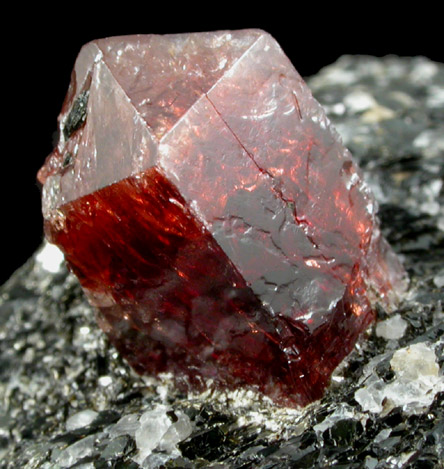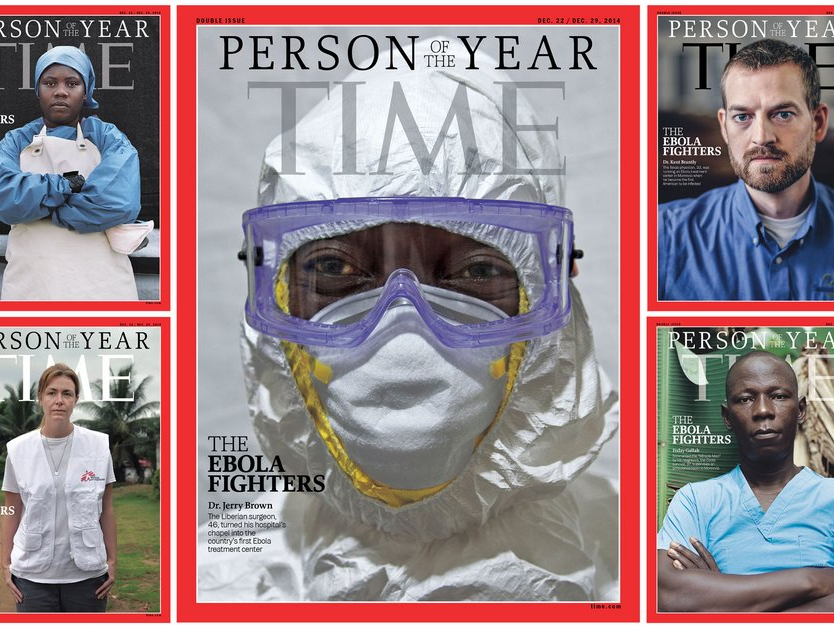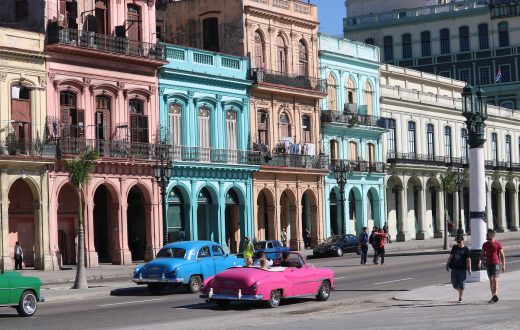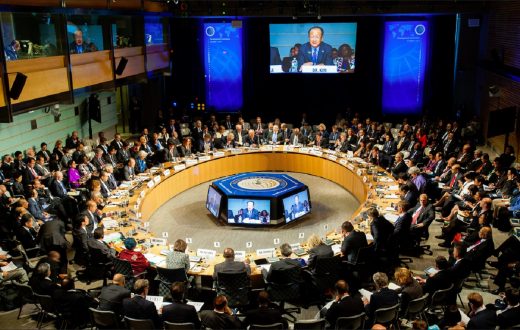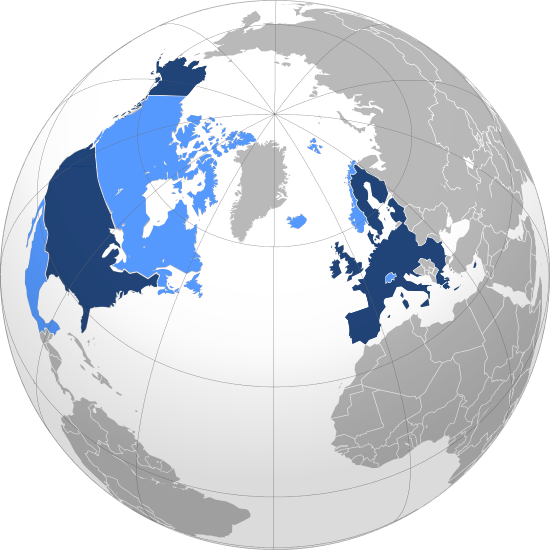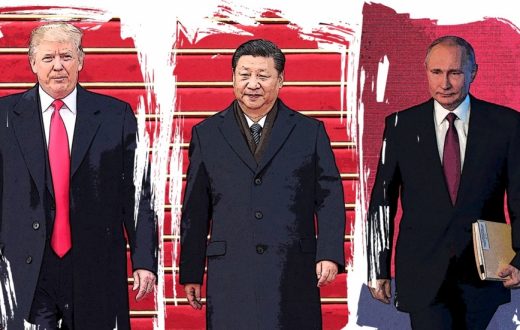In Casamance, in the south-west of Senegal, a Sino-Australian multinational is looking for zircon, a mineral whose exploitaiton is very lucrative. But the project has many gray areas, reveals a survey by the news website Ouestaf News. Niafrang could have stayed a little anonymous village in southern Senegal unknown to the rest of the world. Most of the Senegalese, except some officials and environmental activists, have never heard of it.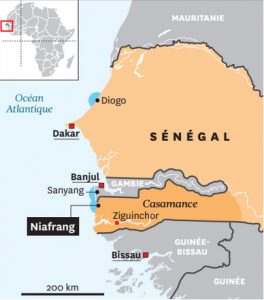 Elsewhere in the world, where are trading s large mining contracts, Niafrang (which also spells Niafourang) is not unknown. In these business environments there, this little village is highly strategic.
Elsewhere in the world, where are trading s large mining contracts, Niafrang (which also spells Niafourang) is not unknown. In these business environments there, this little village is highly strategic.
Since 2004 [the Australian mining company] Carnegie Minerals and today the company Sino-Australian Astron Ltd. [its subsidiary] Senegal Mineral Resources Ltd. Niafrang are interested about the village. They are not the only ones. Other people are interested in this small village. These are tourists used to spend their holidays there, which help in the mobilization of environmental movements abroad and provide support to local communities opposed to the mining project.
The purpose of this interest Niafrang: its sand. Sand which contains a mineral coveted by some … Zircon. For others, the same sand dune that forms a part of a heavenly ecosystem, “save” at all costs.
The story begins in November 2004. Equipped with an exploration permit (issued for the first time at Carnegie Minerals by the Senegalese government then renewed several times until November 2011), according to documents of Astron, officials these companies travel the world to talk about the “Niafrang project” and its promises: zircon, titanium and more.
Zircon is used in sectors as diverse as jewelery and the nuclear industry. It is, according to specialists, a diamond substitute. It can also help in the construction of “sarcophagus” [containment] for nuclear waste. At least half a dozen kilometers from Niafrang in the neighboring Gambia, Carnegie and Astron have also discovered another vein zircon, the production is sold to China and has already made millions of dollars.
The projections were shining at the start, with a potential of 3.4 million tonnes of sand and heavy mineral content of 16%. With these figures, Carnegie provided to rake $ 8 million (as much as in Gambia) a year in Senegalese zircon from the mine Niafrang. The hope was to see the mine entering the production phase in 2009. Six years later, production has not started and company accounts are felt. Especially as the company has also stopped its operations in Gambia following a dispute with the government Banjul.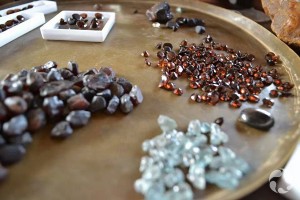
Nearly a decade later, Astron, who took over the project from the hands of Carnegie, holds the same speech to investors. As in the “Investment Forum in Senegal” held in Britain in 2013, where the company Astron / Senegal Mineral Resources gave a presentation [in which she spoke] of the “potential” of Niafrang, promising to bring its partners in the “zircon and titanium era”. The net value of the project at the time (2013), according to this document Astron / Senegal Mineral Resources, was 92 million.
Problem: to Niafrang Similarly, part of the population rises against the government’s decision to authorize the operation phase, expressing concern for the health of residents, degradation of the environment and paltry economic benefits. Information that mining companies are silent.
In late June 2015, a reporter Ouestaf News visited Niafrang. The mobilization against the project is still there. Real, live with some or carrier dangers, given their determination. This, Astron and Senegal Mineral Resources do not talk. When talking about the subject with their partners in Senegal, it is preferred to minimize. Yet mobilizations petitions, a struggle committee in place for some years has shown publicly and repeatedly its opposition to a project that will suffer huge damage to his locality if the operation starts, according to Ousmane Sane, a member the most active of this Committee.
Shadows
Today, within the population itself, both sides are opposed to Niafrang and surrounding communities. One is now in favor of the mining company. Against what promises? The charges fuse but are difficult to substantiate. All this, Astron does not speak. As for those who oppose the project, here are their main concerns: the disappearance of the sand dune, which to date protects and prevents coastal sea to invade the surrounding villages; drilling techniques used for the operation of zircon and their impact on the water table; the risks of respiratory disease and cancer; the questioning of a marine protected area by a government decision; and the lack of employment opportunities for the rural population which, at best, would be reduced to have statutes of laborers or security guards in the mine.
Asked about these charges, a local partner of Astron, Ibrahima Diaw, consultant whose firm worked on the environmental impact study for the Carnegie Minerals, rejects. Just as challenge anyone to prove that the environmental impact project was “sloppy”, as is said. The study was done in workmanlike – he assures – and the project would not be accepted by the government if it was not. In turn, he accused some European tourists and holidaymakers wanting to keep Niafrang in the state to conduct a proxy battle.
These Europeans on vacation or established in the area, some of which have tourist camps there, “dream vacation, and for them Casamance, like Africa, is only a land vacation. For them, there was no right to development. For them, Africa is parties, bamboula “retorted Diaw.
In their statements and petitions, members of the Control Committee of Niafrang hardly evoke the presence of Europeans, preferring to dwell on the ecological risks, health, social. But interviewed by Ouestaf News, they admit that Europeans are present in the area, and that some members of the Control Committee [have] matrimonial ties with these Europeans.
A sub-prefect removed and murdered
Misunderstandings do not end there. The Niafrang project, depending on the population, they are 750 square kilometers of coasts of southern Senegal region would be threatened by the exploitation of zircon. The latest reports of Astron / Senegal Minerals Ltd. speak for a license which covers 410 square kilometers. The Control Committee emphasizes “encroachment” of the project on the marine protected area. But the consultant Carnegie / Astron, Ibrahima Diaw, argues that “no centimeter” of the marine protected area is affected by the project, which still exceeds the limits of the village of Niafrang. The government unreacted our interview request, we can not know which of them is telling the truth.
Besides Niafrang, whose name bears the project, there are two other villages in the same area and directly concerned: Abene and Kabadjo (still spelled Cabadio or Cabadjo). Indirectly, it is some 44 villages around which, according to the people, would be affected in the long term. Moreover, at the beginning of the project, each of the two villages that are Niafrang and Kabadjo had wanted its residents benefit from the social and economic benefits of the project in terms of employment. At the time, there was still no Control Committee and the local administration had refereed for potential jobs will be divided between the two communities.
Gorgui Mbengue at the time sub-prefect of Diouloulou (administrative district to which the area covered by the project zircon), was quoted during our investigations to have been the one who helped to resolve the situation. But today Gorgui Mbengue is no longer of this world to be able to confirm or deny the truth of this information he was kidnapped and murdered January 2, 2006 by supposed elements belonging to the separatist rebels of the Movement of Democratic Forces Casamance (MFDC).
At the time, the MFDC still leading its violent struggle for independence of Casamance. The sub-prefect Mbengue he was murdered simply because of his status as a “representative” of the state or for its role in zircon project? Hard to say, the authorities never made public the investigation of the reasons for his murder.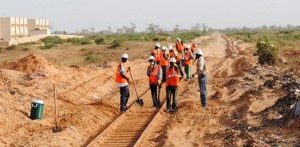
If it turns out that he was killed because he was in office in the area where zircon is, Gorgui Mbengue could be added to more than 380 dead and identified by the International Consortium of Investigative Journalists (ICIJ) in matters directly or indirectly related to the presence of Australian mining companies in Africa.
Opponents of the project say they especially fear they have “seen the effects” of the operation of zircon in neighboring Gambia, on a site a few kilometers away on the other side of the border. This project has since ended, following a dispute with the Gambian government, which accused Carnegie of not meeting all its commitments, and export much more than the products for which the company had a license. The mining company has denied the allegations and brought the case to justice. In its latest report, she said, have been successful and is waiting to be compensated for their losses. It remains to be seen.
In the case of Niafrang, operating activities have not started yet, we are still in the assumptions and speculation. On one hand, the mining company with its optimistic projections and insurance; on the other, communities providing an ecological disaster that would destroy their rice fields, their mangroves, their environment, their entire ecosystem. A short sentence buried in a technical document created by a professor from the University of Dakar, Serigne Faye, the geology department, on behalf of the Carnegie Corporation noted that even when the water table presents’ vulnerability risks. “
In Casamance, dialogue replaced by violence.
In public documents, this risk is not mentioned. When he was environment minister in the first government of President Macky Sall (elected in 2012), Ali Haidar said: “It is not possible that the government is committed to a project against decisions […] and the will of the people. “The Minister then said he had serious concerns about the environment. These “environmental considerations, in my view, mean that it is a project that has no future,” affirm Ali Haidar in a video document that has seen Ouestaf News.
Worse, Ali Haidar has questioned, in the same record, the conditions for granting of the license by the former government of President Abdoulaye Wade. It does not say that Ali Haidar in the record is that when the Ministerial Order No. 10455 MEM-DMG, dated November 26, 2004, was signed to grant the Australian mining company Carnegie his license exploration, Macky Sall, Senegal’s current president, was working for the regime of Abdoulaye Wade. [This regime is now denounced by Ali Haidar, who left the government of Macky Sall.]
In 2004, Prime Minister Macky Sall was after successively advisor to the President for mines and mines minister between 2000 and 2003.
Despite our insistence, the Ministry of Mines would not answer our questions about the current positions of the government on this project. Similarly, we are still waiting for answers Astron all these allegations against her.
This survey was conducted by YoungDiplomats Africa in collaboration with the Ancir [African Network of Centers for Investigative Reporting] and with the support of OSIWA [Open Society Initiative for West Africa].

